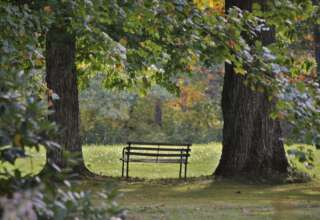
The pathways considered in this essay don’t apply to all of us – but do apply to an increasingly large number of people who are “globe trotters” (at least those who travel several 1,000 miles or more). These are the women and men who fly, drive or take a train across one or more time zones. These are those who are addressing the sleep-related challenge of Jet Lag. While this challenge is usually greater for those who are moving quickly (via airplane) across several time zones (hence the term “jet lag”) than for those moving slower across several time zones via automobile or train, there is still the need for our body to adjust to a time zone change. Even the one-hour shift from standard to daylight savings time can produce sleep-related problems.
Why does a sleep-related challenge often occur when we are “dancing with time.” The main reason for the challenge relates directly to a neuro-biological dynamic we discussed in our first set of essays. This dynamic relates to our body clock and the circadian cycle which most of our bodies follow diligently – and with a stubborn insistence. Our body is absolutely determined to stay with its usual routine of falling asleep at a specific time of night (or day) – irrespective of the time zone in which we currently reside. When we were dwelling on the African savannah, there were no time zone changes and certainly nothing like Jet Lag. Our bodies were responding to the embedded cycle with a little bit of help (actually a whole lot of help) from that celestial object called the Sun. We woke up when the Sun rose in the East and went to sleep when the Sun set in the West. It was all quite simple and very healthy.
What happens when we try to fall asleep in a strange new land when the Sun is still shining (because the Sun had set back on our home base)? What do we do when the Sun has set in our new “home” and everyone else is settling in for a night of sleep—but it is still late afternoon in the city from which we just flew? Do we take a pill in order to fall asleep? But will we get addicted to this pill if we have to do a lot of traveling? It is much colder in this new location or much warmer—did I bring the right clothing and doesn’t this change in temperature increase my chances of catching a cold? And what about this strange bed in which we are trying to sleep? Is there such a thing as Bed Lag? Even if the bed is touted as super-comfortable, it is not our bed–and this is not my favorite pillow (or did I bring my special pillow with me?). Furthermore, my routine is shot. Where is the news program or comedy show or talk show I always watch before falling asleep? Where is the hot tub, exercise bike or cocoa I always engage before going to bed? Most importantly, where is my sleep companion with whom I always share a few words, a kiss and some snuggling, before falling asleep?






